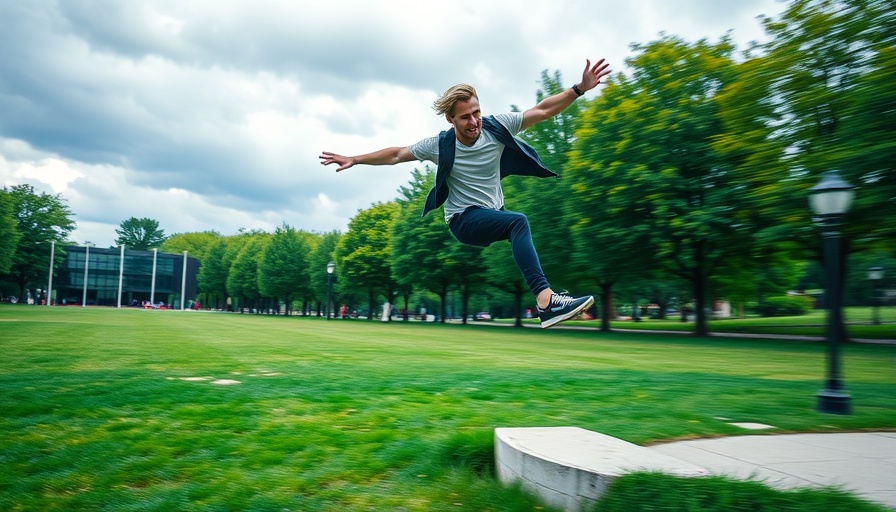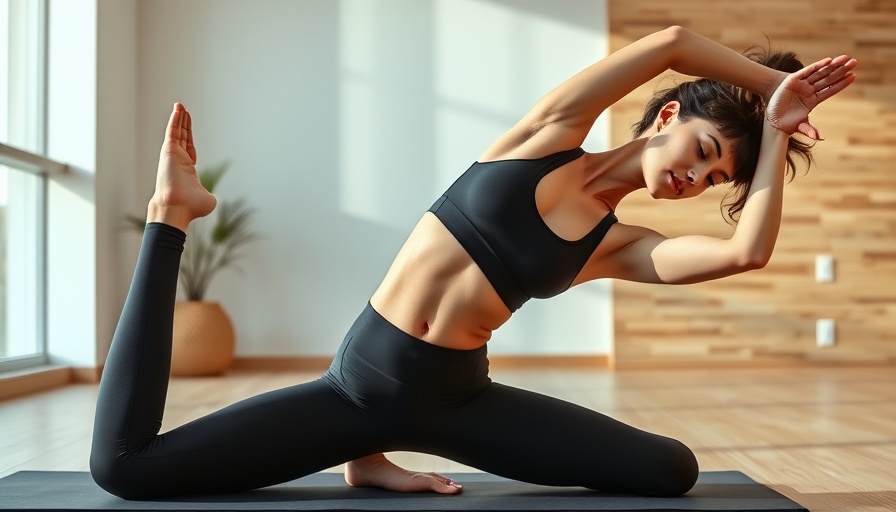
Unlocking the Benefits of Deep Squats for Daily Fitness
As busy adults, maintaining a fitness routine amid our hectic lives can be challenging. It's easy to overlook essential movements in our strength training, especially when it comes to squat depth. A growing body of research supports the benefits of squatting below parallel—often referred to as deep squats—showing they can significantly enhance our physical performance and knee health.
Why the Depth Matters
Squatting deeply involves bending the knees beyond the 90-degree angle, allowing your muscles to engage more dynamically. This increased range of motion enhances activation of key muscles such as the quadriceps, hamstrings, and glutes. More muscle engagement means more stability around the knee, strengthening the ligaments and tendons that support this critical joint. In fact, current studies affirm that these deeper squats can prepare our joints to handle compressive forces effectively, mitigating injury risks over time.
Understanding Knee Health and Shear Stress
For years, many gym-goers feared that deep squats could lead to knee injuries. However, recent findings challenge this assumption. It turns out that as we squat deeper, the tension on crucial ligaments like the anterior cruciate ligament (ACL) actually diminishes. This phenomenon occurs because the hamstrings and quadriceps work in tandem, stabilizing the tibia and relieving undue stress. By acknowledging this aspect, we can shift our training paradigm towards embracing deep squats that protect rather than harm our knees.
Boosting Performance Through Deep Squats
Research consistently shows that strength training involving deep squats leads to superior outcomes. Athletes see improved vertical jump height, sprinting speeds, and overall strength, all because this full range of motion maximizes muscle fiber recruitment. In busy lifestyles, where every minute counts, including deeper squats in your workout can lead to efficient gains in less time.
The Future of Training: Embracing Deep Squats
The evidence supporting deep squats will likely continue to grow. As more fitness enthusiasts recognize the importance of functional movements, integrating deep squats will enhance not only athletic prowess but also everyday activities. Imagine carrying groceries, ascending stairs, or playing with your kids with greater ease and strength!
Practical Tips to Incorporate Deep Squats
If you’re excited about reaping the benefits of deep squats, here are a few actionable strategies to implement:
- Form First: Ensure you maintain proper technique to avoid injuries. Think about pushing your hips back while keeping your chest up.
- Mobility Matters: Incorporate mobility exercises for your hips and ankles to facilitate a deeper squat.
- Start Slowly: If you’re new to deep squats, begin with lighter weights or bodyweight to master the movement before progressing.
- Listen to Your Body: Pay attention to how your knees feel. Discomfort doesn’t equal pain. Adjust depth accordingly!
Incorporating deep squats into your fitness routine can unlock numerous benefits for knee health and overall performance. Not only will you feel stronger, but you'll also be better equipped to tackle your busy day-to-day life.
Take Action
If you’re ready to embrace fitness in a way that enhances your lifestyle, consider trying deep squats starting today! Remember, every small step counts toward your health journey.
 Add Row
Add Row  Add
Add 




Write A Comment